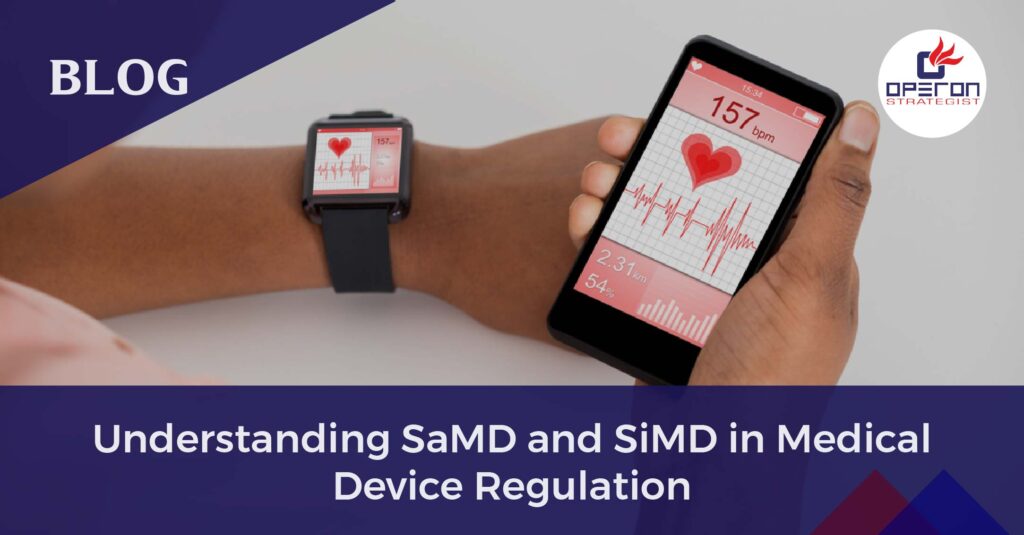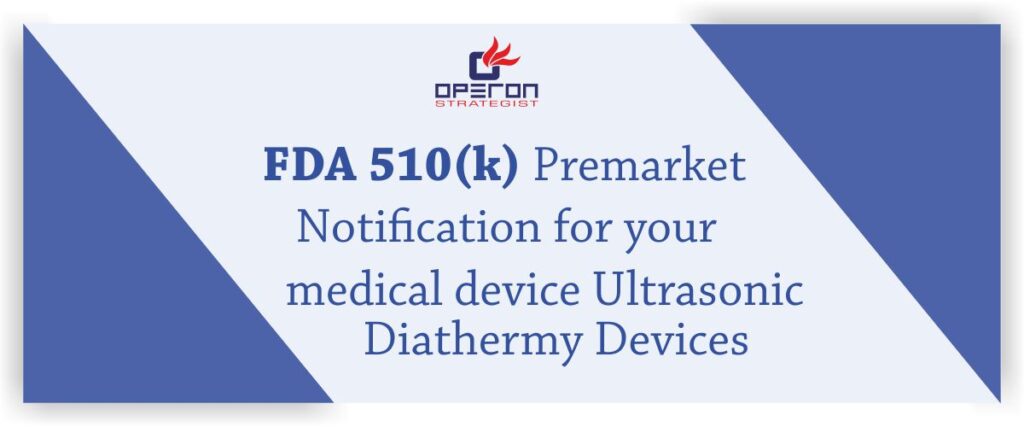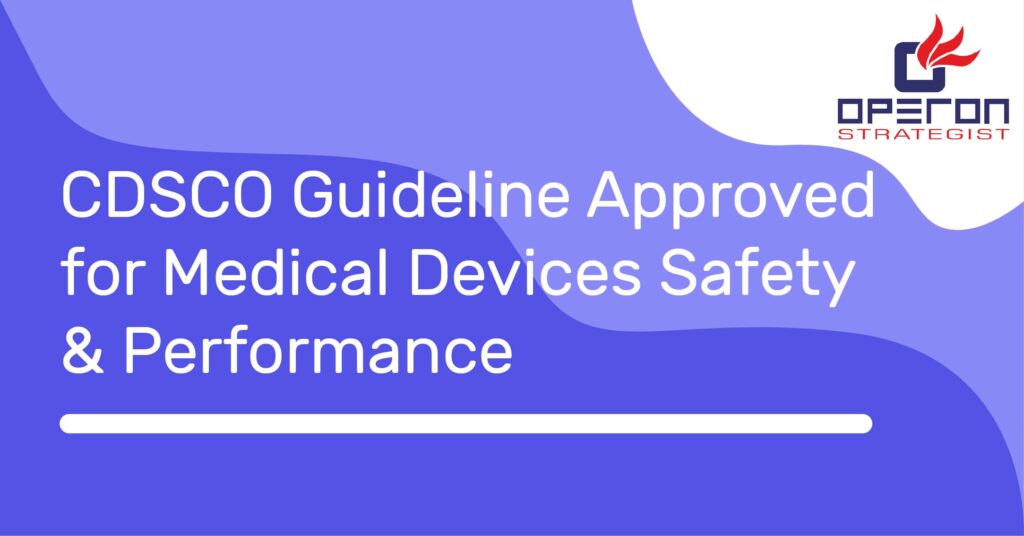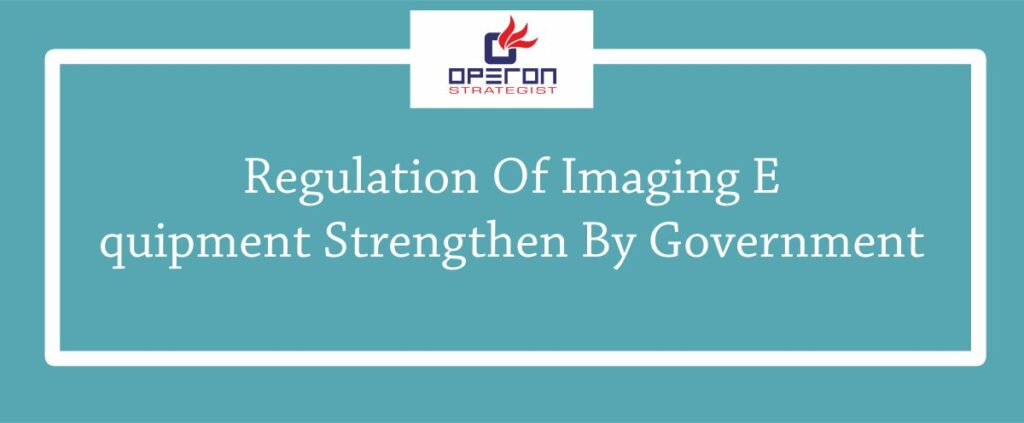Overview of SaMD and SiMD
In the rapidly evolving landscape of medical technology, two terms that often emerge in discussions are SaMD and SiMD. These acronyms, standing for Software as a Medical Device and Software in a Medical Device, respectively, represent crucial distinctions in the realm of medical device regulation and innovation. In this blog post, we’ll delve into these aspects, keeping in mind the expertise of Operon Strategist, a leading medical device regulatory consulting company.
Read more about CDSCO Registration for Software as a Medical Device
Looking for a Medical Device Regulatory Consultant
What is SaMD and SiMD?
SaMD (Software as a Medical Device): SaMD refers to software intended to be used for medical purposes without being part of a hardware medical device. It operates on various platforms and can function independently to provide medical information or perform medical functions.
SiMD (Software in a Medical Device): SiMD, on the other hand, refers to software that is an integral component or accessory to a hardware medical device. It contributes to the functionality of the overall medical device system and is necessary for its proper operation.
What is the Difference Between SaMD and SiMD?
Understanding the differences between SaMD and SiMD is crucial because they affect various aspects, including regulatory compliance, risk management, and patient trust.
- Regulatory Compliance: Both SaMD and SiMD must adhere to similar safety and efficacy standards, such as IEC 62304, IEC 62366, and ISO 14971. However, SiMD has additional requirements concerning hardware and software integration to ensure overall medical device safety and performance.
- Risk Management: While medtech innovators must assess risks related to SaMD for its intended medical purpose, SiMD poses higher risks due to its integration with hardware. Failure to ensure seamless integration may compromise the overall safety and performance of the medical device.
- Development and Validation: SaMD development focuses on software-specific considerations, including platform compatibility and performance. SiMD requires coordinated development with hardware components, necessitating rigorous validation and testing to ensure proper integration and functionality.
- Patient Safety and Trust: Clear regulations for SaMD ensure patient trust in the safety and reliability of standalone software. With SiMD, there is a greater emphasis on seamless integration to avoid compromising patient well-being. Understanding and adhering to regulations is essential to maintain patient safety and trust in both cases.
You can also read A Guide to SaMD (Software as a Medical Device)
Regulatory Prospects
Regulatory pathways for SaMD and SiMD can vary based on jurisdiction and intended use. However, both types of software are subject to regulatory scrutiny to ensure safety, efficacy, and quality. In many regions, SaMD is regulated as a standalone medical device, requiring compliance with relevant regulations such as the FDA’s Software Precertification Program or the EU’s Medical Device Regulation (MDR). SiMD, on the other hand, may undergo combined regulatory assessments alongside the associated hardware device.
Both SiMD and SaMD are subject to the medical device regulations of the country where they are used. For instance, the Food and Drug Administration (FDA) in the USA, the European Commission CE Mark in Europe, and CSDCO Registration in India, etc. Nearly every country has a regulatory standard for SaMD but regulations differ according to the country’s internal circumstances and approach towards healthcare. This is why SaMD providers must adhere to the IEC 62304:2006, which is an international regulatory standard and is acceptable in many countries.
Read more about IEC 62304: Path to Medical Device Software Compliance
Documentation Requirements
Documentation plays a crucial role in demonstrating compliance with regulatory standards:
- SaMD Documentation: For SaMD, documentation should include evidence of clinical validation, risk management processes, software development lifecycle, and post-market surveillance protocols.
- SiMD Documentation: In the case of SiMD, documentation must encompass software-hardware interface validation, risk assessments considering hardware-software interactions, and evidence of compatibility with the associated hardware device.
Examples SaMD and SiMD
Examples of SaMD include mobile health applications for tracking vital signs, diagnostic software for analyzing medical images, and decision-support algorithms for healthcare professionals. These software solutions operate independently of specific hardware devices and provide medical insights or assistance directly to users.
On the other hand, SiMD examples encompass software embedded within medical devices such as infusion pumps, cardiac monitors, or imaging systems. This software contributes to the functionality of the overall device, facilitating its operation, data processing, or user interface.
Ensure Regulatory Compliance for Your Product with Our Expert Guidance
How Operon Strategist Will Help You?
Innovative medical technologies to market while mitigating risks and ensuring adherence to quality standards. Operon Strategist’s team of seasoned professionals offers comprehensive regulatory consulting services, guiding clients through the intricacies of compliance frameworks such as the FDA’s Software Precertification Program for SaMD or the ISO 13485 standard for SiMD.
From initial assessment and strategy development to submission preparation and post-market compliance, Operon Strategist collaborates closely with clients to streamline the regulatory process and accelerate time-to-market. With a focus on transparency, efficiency, and excellence, Operon Strategist empowers companies to navigate regulatory hurdles with confidence, ultimately contributing to the advancement of safe and effective medical device technologies.

-
Operon Strategisthttps://operonstrategist.com/author/snehal/
-
Operon Strategisthttps://operonstrategist.com/author/snehal/
-
Operon Strategisthttps://operonstrategist.com/author/snehal/
-
Operon Strategisthttps://operonstrategist.com/author/snehal/




